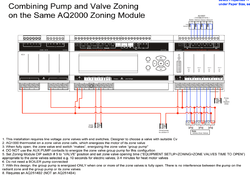About a fundamental hydronic truth.
Designing a system to operate with a high T is a big factor in performance and efficiency.
T is a big factor in performance and efficiency.
Another great column from John Barba at Taco.
http://jbblog.flopro.taco-hvac.com/delta-t-dawn-2/
Designing a system to operate with a high
 T is a big factor in performance and efficiency.
T is a big factor in performance and efficiency.Another great column from John Barba at Taco.
http://jbblog.flopro.taco-hvac.com/delta-t-dawn-2/





